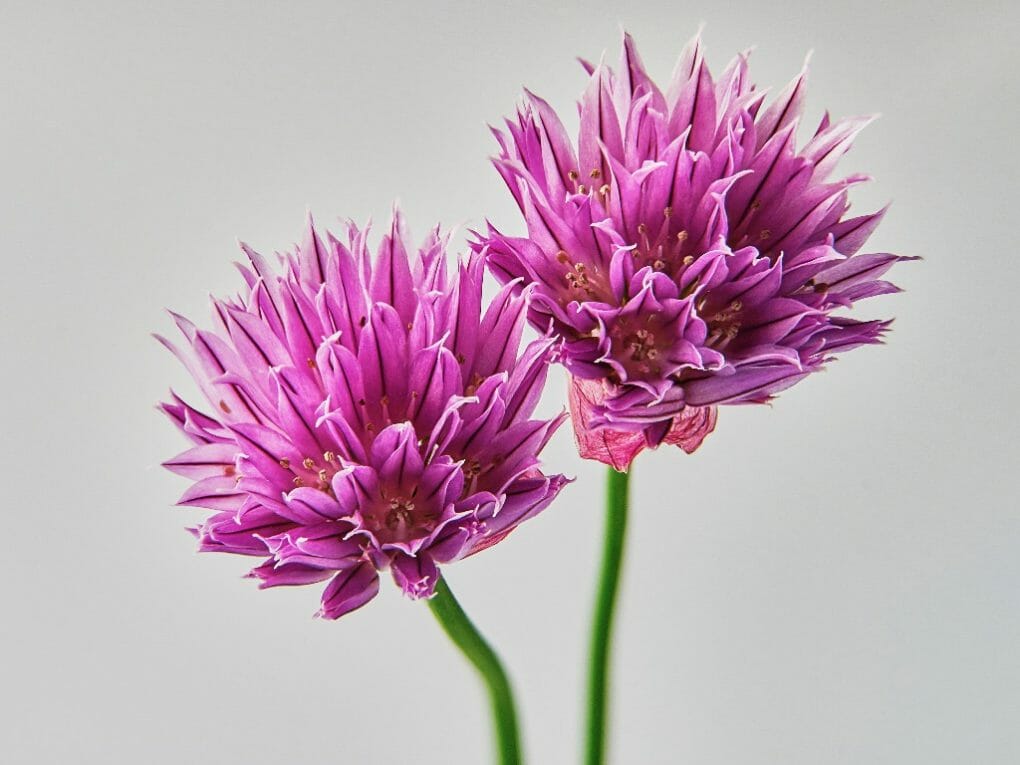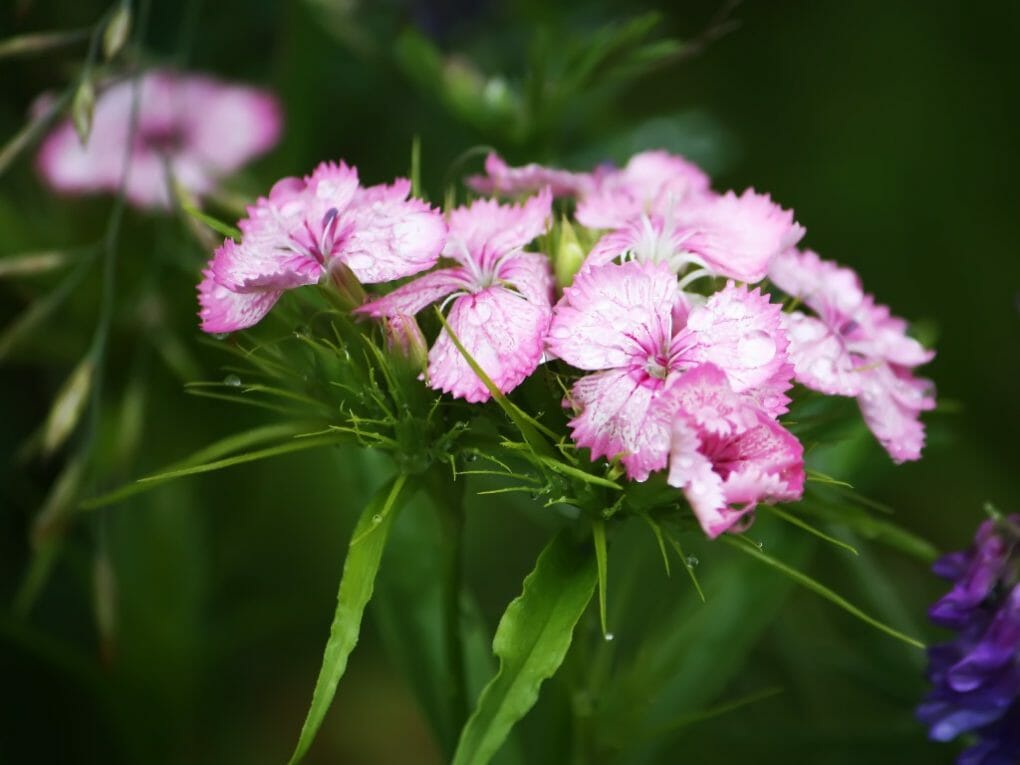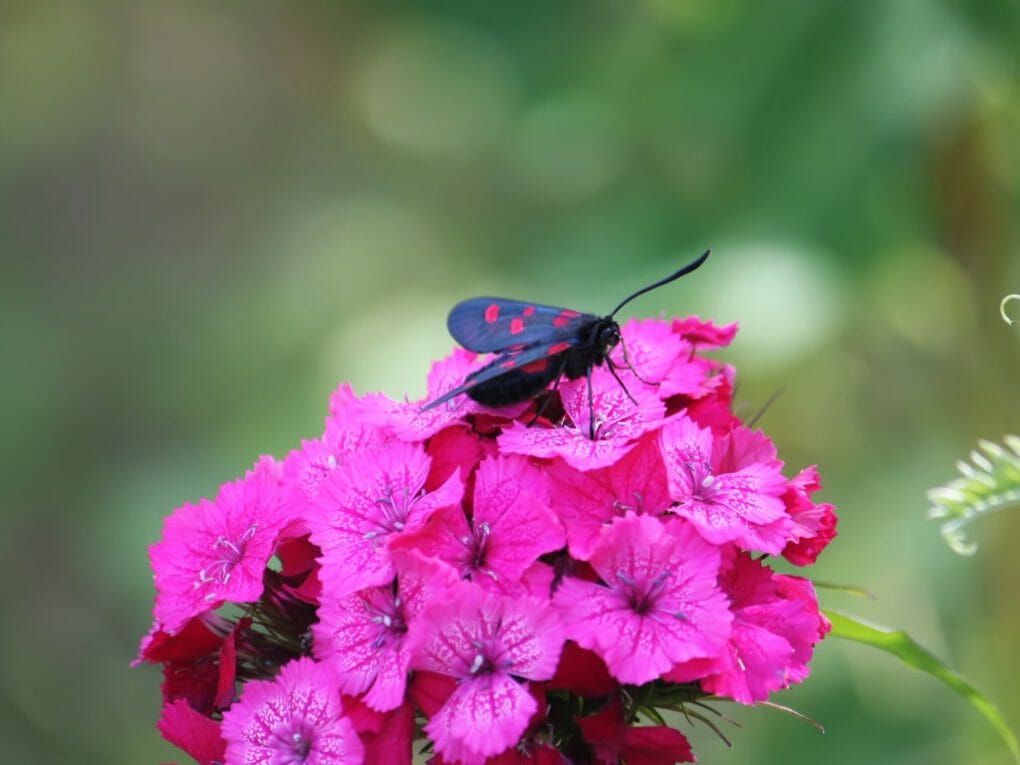Do Carnations Need Full Sun? | How Much Sun Does Carnation Need?

Carnations have the best chance of flourishing if planted in a location that receives at least six hours of sunlight daily. They will thrive in full sunlight for the entire day in cool to moderate regions. If you live in a hot and arid region, the best place to plant them is in an area that receives shade during the scorching afternoons. You will achieve excellent results with carnations if you expose them to direct sunshine for at least six hours in the morning and shield them from the sun’s heat in the afternoon. They won’t mind being exposed to the sun all day long if they live in a climate that is either mild or cool. However, too much heat or intense sunlight can lead to the wilting or dying of the plant. If a carnation is dying, it could be due to various reasons, including over or under-watering, poor soil quality, pests or diseases, or lack of proper sunlight or temperature conditions.
Carnations are popular for bouquets, and many people are curious about them. It’s a favorite flower among gardeners because of its delicate, colorful petals and long flowering period. This versatile flower can be grown in most climates, requires little watering or care, and makes a beautiful addition to any planting scheme.
This blog is for those who are curious about carnation. It contains information about how much sunlight a carnation needs to grow.
Table of Contents
5 Advantages of Carnation in Full Sun
Establish Healthier Root Systems
When carnations receive the right amount of sunlight, they will have a better chance of developing strong root systems. This is important because it allows the flowers to obtain more nutrients and water from the soil. Strong root systems also help to resist pests and diseases.
Boost Flowering Throughout The Year
Carnation plants that are well-lit will bloom earlier in springtime and later in fall than those that do not receive as much sun exposure. This gives you plenty of time to enjoy their beautiful flowers all year! Additionally, carnation petals are slightly darker when grown in full sun.
Generate More Flowers
An abundance of carnation flowers will naturally create a more fragrant garden or landscape. This is because flowering plants use flower petals to disperse their fragrance into the air. The sun’s energy helps convert plant petals’ chemical composition into fragrant compounds that humans and other animals can detect.
Increase Your Chances Of Having A Beautiful Flower Display Throughout The Year

Suppose you want an attractive carnation flower display, plant carnations in full sun throughout the year! They are among the best flowers for this purpose because they bloom early in springtime and late in fall, generating plenty of petals to drape in bloom. This makes carnation flowers look more attractive to onlookers. Carnation flowers bloom for a longer time when sunlight is available to them. This means you can harvest more of their petals and other floral parts, resulting in a larger bouquet or plant.
Produce Healthy Leaves
The leaves of carnation plants are often brightly-colored and attractive. This is because they contain high carotenoids, a plant pigment that provides color to foliage and flowers. Carnation leaves will also be green if the plant receives abundant partial sunlight throughout the day. However, when sun exposure is too low, carnations may turn yellow or brown due to a lack of chlorophyll production.
Carnation In Shade
If you live in a shady area, carnation flowers may not bloom as brightly as they would in full sun. This is because sunlight helps to energize the plant’s flowering mechanism by providing the necessary light-saturated electrons. When sunlight is unavailable or limited, carnations use accumulated carbon and hydrogen from their roots to produce flower petals and other growth features. Shade-tolerant carnation plants can still be beautiful if grown in well-drained soil and given plenty of sunlight during early morning or late afternoon hours when the sun is at its strongest.
Other Great Tips for a Healthy Carnation
Water Well
Like all flowers, carnation plants need water to thrive. However, they are resistant to most types of drought and will continue to bloom even when the ground is bone dry. This means you can avoid drenching your carnation plants every time they show signs of drooping foliage or wilting petals. A regular watering schedule combined with good drainage will be enough to keep them healthy and flowering well. Remember to water your carnation plants thoroughly before a rainstorm or during severe droughts, and avoid letting the soil become wet enough to mud.
Mulch Round Plants
An excellent way to conserve water and keep your garden soil damp is to mulch around carnation plants. This practice will help prevent wind and sun exposure from drying out the soil beneath the flowers and keep pesky insects away. If you choose to mulch, select a material that will not compact and become complicated as the season progresses.
Provide Fertile Soil

One of the best ways to ensure a healthy carnation plant is to provide rich, well-drained soil. Carnation plants are usually tolerant of low pH levels, but they will not perform as well in soils that are too alkaline or acidic. A good starting point is to add organic matter such as compost or aged manure when planting your carnations and regularly add a layer of fresh soil after each watering. The flowers will not bloom correctly or become discolored if the soil is too rich or has a high water absorption capacity.
Fertilize Quarterly
Since carnation plants like well-drained soil, it is important to fertilize them regularly. Customized plant food for carnation flowers will provide the nutrients they need to flourish and bloom in abundance, such as pelleted chicken dung. After the first four weeks, give the plants potash or a flower-boosting liquid fertilizer once every six to eight weeks to encourage additional flower production. You should check with your garden center or seed supplier for advice on what type of fertilizer works best for your particular variety of carnation flowers.
Watch for Pests and Diseases
Watch for pests like aphids, spider mites, and whiteflies, but be sure not to use harmful pesticides unless directed to do so by a professional. And finally, always cut flowers close to the ground if you want them to last for more than a day or two. Leaving them in the vase will help keep them looking fresh.
